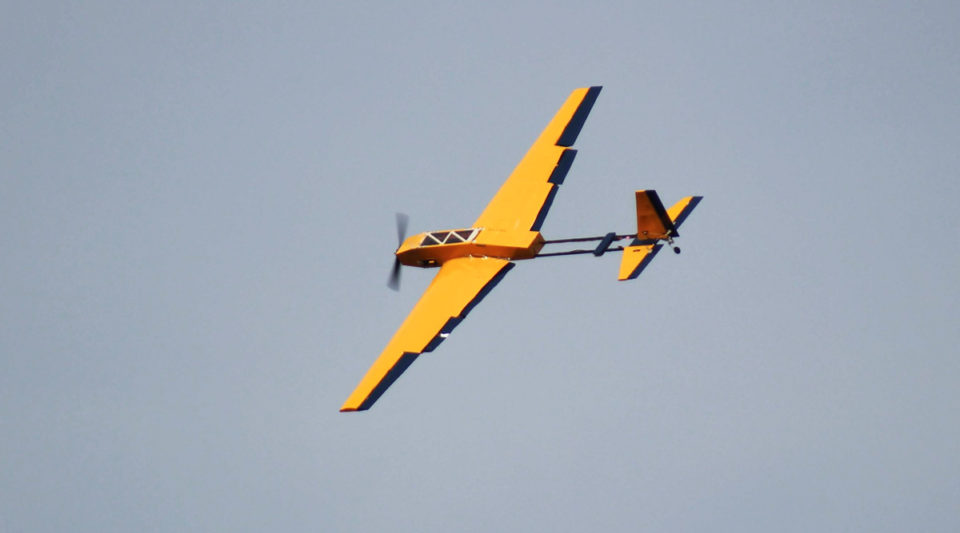On April 26, seniors in the aerospace capstone course brought their remote-controlled planes to the South Bend Radio Control club (SBRC) field near Notre Dame’s campus for a final flight test.
This test is inevitably a moment of high drama. “It’s like seeing your baby walk for the first time,” said senior Katherine Fink, whose team designed a yellow and blue prop plane with retractable flaps to enhance lift during key phases of flight.
This year’s class, taught by Hirotaka Sakaue, associate professor of aerospace and mechanical engineering, challenged students to be creative and analytical. Starting with just a motor and batteries, five-person student teams designed and created all aircraft components, using plywood, balsa wood, plastic, foam, and carbon fiber.



Finished planes have a wingspan of about six feet and weigh between six and nine pounds. Each plane has a GPS antenna and a flight recorder, which relays acceleration, speed and altitude data to an app. Planes travel at speeds of around 50 mph and can go as high as 200 ft, carrying payloads of four to 21 golf balls.
SBRC has partnered with Notre Dame’s aerospace program for 26 years. The club’s volunteers, together with graduate students, mentor student projects from sketch pad to runway.




When the planes take to the skies at the end of the semester, they must follow a predetermined path, which includes flying to each end of the field and doing a 180-degree turn, five times.
“This year, students created some unique designs—interesting variations of flaps and even one plane with retractable landing gear—and these were put to the test by this spring’s heavy, gusty winds and less than ideal conditions,” said SBRC volunteer Bob Kistler.
Each plane’s success is determined by how quickly it can take off, the time elapsed during the total flight, and how much weight it can carry. While successful flights are an important goal of the course, the larger objective is for students to learn to predict and analyze their aircraft’s behavior.
— Karla Cruise, College of Engineering; photos by Katherine Fink and Wes Evard.
